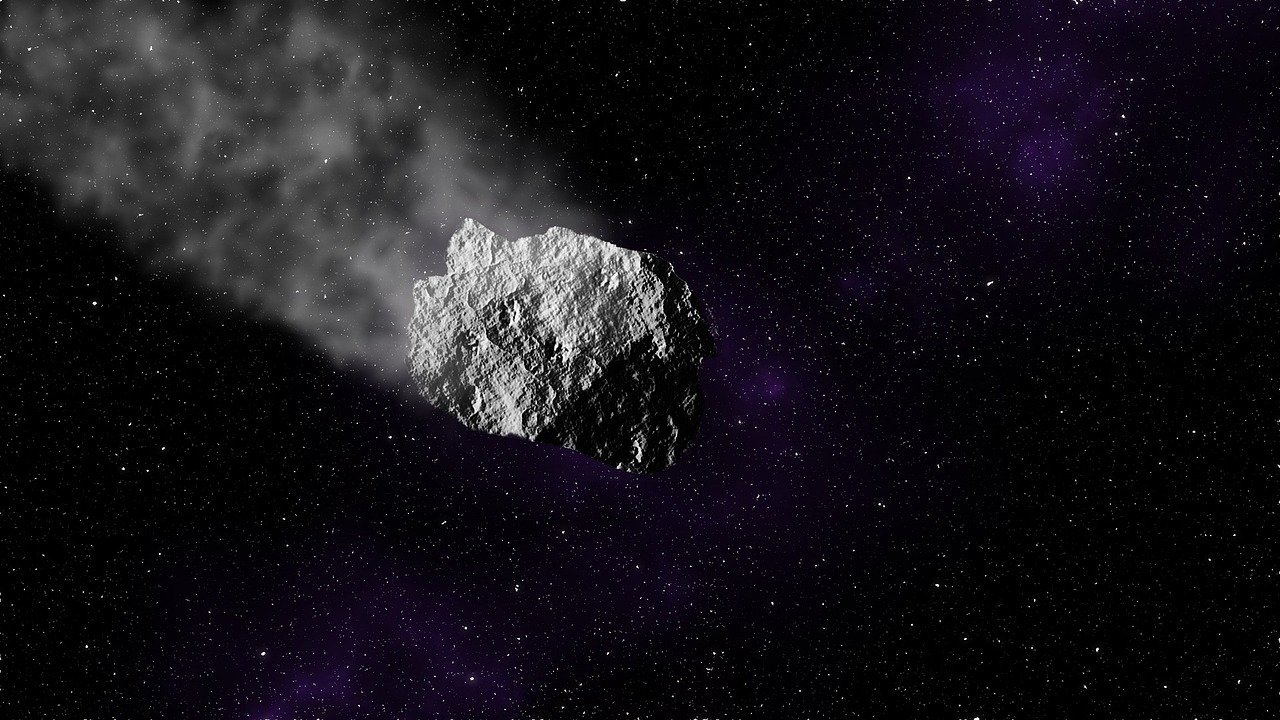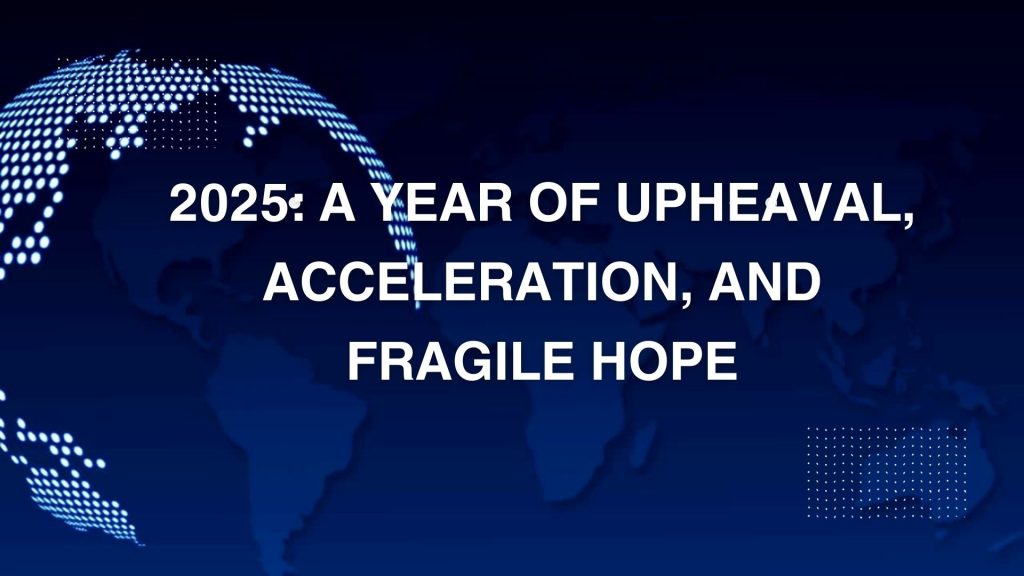It was assumed that giant asteroids hit Earth every few million years. However, that could be a misconception. Current research suggests that larger-than-average celestial bodies hit Earth significantly more often.
Impacts of destructive asteroids have been reanalyzed, and it was found that such incidents probably occur at shorter intervals than previously thought. This analysis was presented by James Garvin, scientific director of NASA’s Goddard Space Flight Center.
Earth’s surface changes permanently
The fact that previous asteroid impacts have been partially misread is largely related to how the Earth’s surface changes over longer periods, Garvin explains. Due to erosion, vegetation, the height of the sea level and tectonic shifts, the Earth’s surface visible to us changes permanently.
As a result, he says, it is difficult to determine an asteroid crater formed several million or even tens of thousands of years ago. He said that with modern imaging technology – such as lidar or high-resolution satellite imagery – it is now more feasible to reexamine known craters.
Impact craters are significantly larger
For example, Garvin cites the Shaman Shyng (Zhamanshin) crater in Kazakhstan, formed about a million years ago. The impact was thought to have left a hole about 13 kilometres in diameter.
However, a new look at Shamanshyng suggests that the crater may be significantly larger. According to this view, the 200- to 400-meter asteroid could have caused a hole up to 30 kilometres in diameter.
A similar situation applies to the 800,000-year-old Pantasma crater in Nicaragua, resulting from a 500-meter asteroid. Previously, the crater diameter was calculated to be 14.8 kilometres. However, recent investigations would suggest a diameter of 35.2 kilometres.
Further investigations necessary
Although the NASA scientist’s analysis is not yet complete and further investigation is needed, it suggests that previous asteroid impacts have been partially misinterpreted. If, based on this study, it is assumed that most craters are 2 to 3 times larger than previously thought, this would mean that giant asteroids are hitting Earth significantly more often than previously thought.
Some experts are skeptical. According to them, if the impacts were strong, there should be far larger tracks on the Earth. The crater rims shown by Garvin are not pronounced enough. However, he also receives encouragement. Many think that one should continue the investigations. After all, if the hypothesis is correct that huge asteroid impacts, such as those that could trigger a “nuclear winter,” happen much more often than previously thought, a higher priority could be placed on asteroid defence research.
- source: heute.at/picture: pixabay.com
This post has already been read 2448 times!



